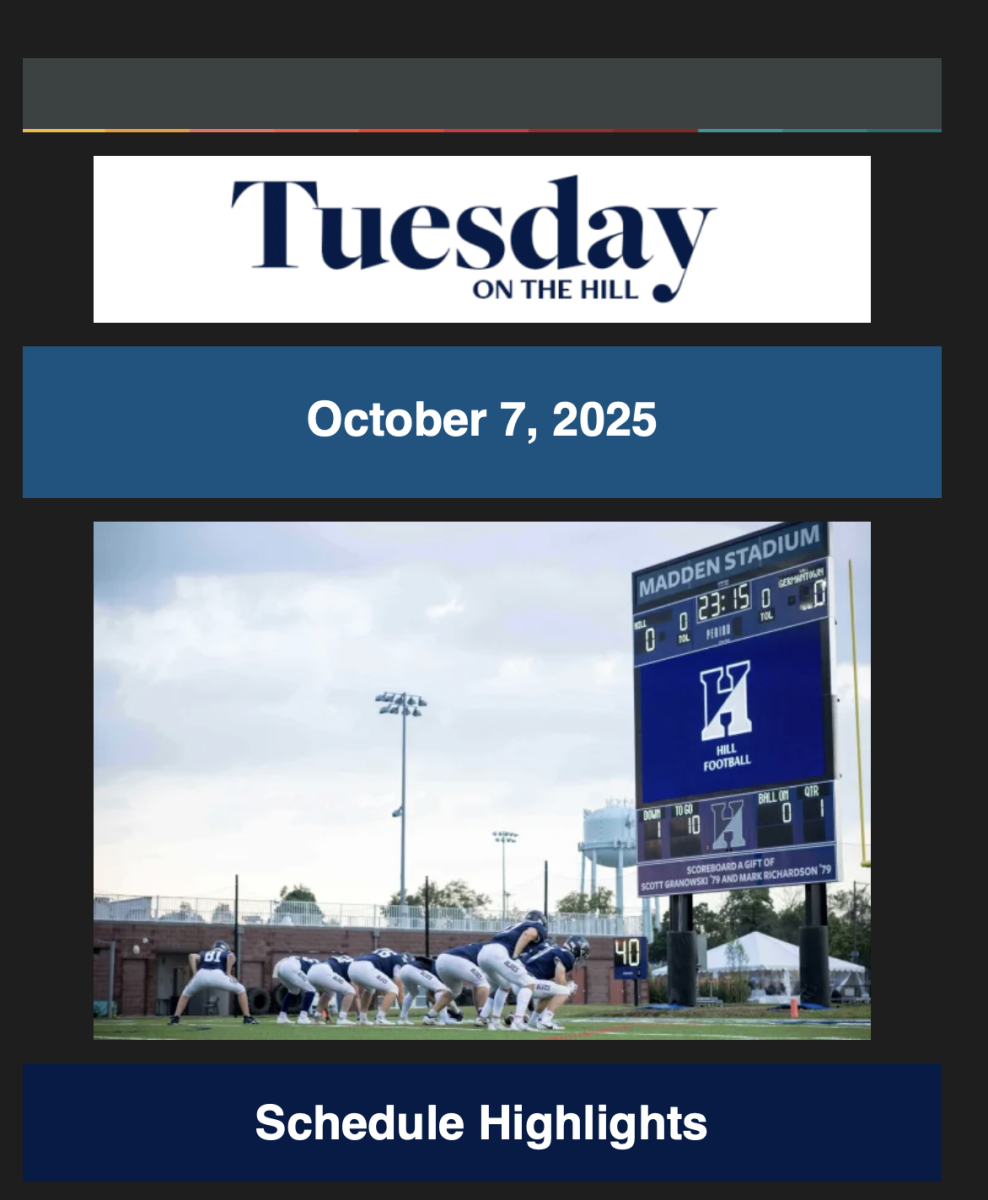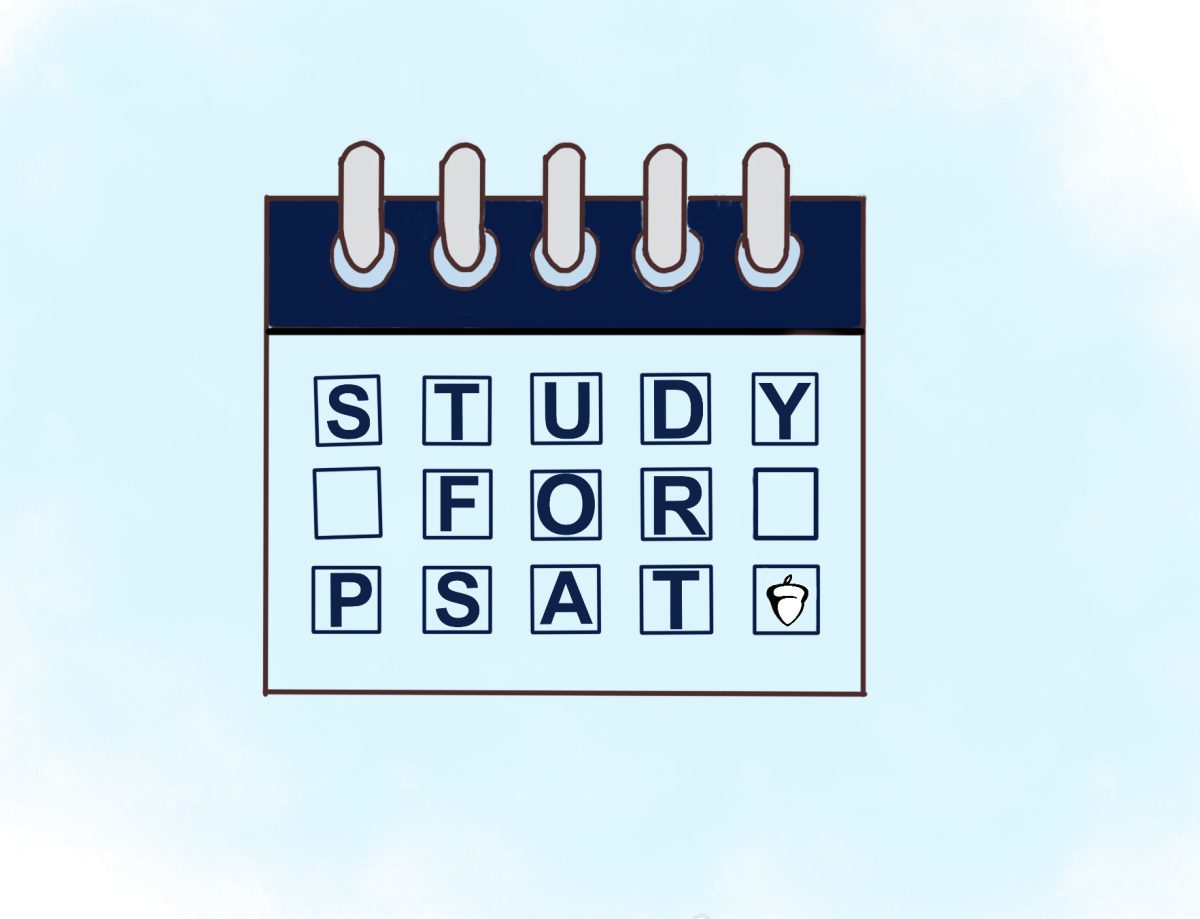As 5th formers navigate a labyrinth of academic pressures, the Preliminary SAT (PSAT) looms on the horizon. Scheduled for October 18, the PSAT will change the standardized testing landscape and lay the foundations for the upcoming SAT in March, 2024.
The SAT, and correspondingly, the PSAT, have recently undergone groundbreaking transformations, shifting from a paper-based format to a digital one. This overhaul has made the test significantly more concise—now just 2 hours and 14 minutes in duration, as compared to its earlier length of 3 hours and 15 minutes. Furthermore, the new SAT contains fewer questions—98 in total, with 54 devoted to reading and writing and 44 to mathematics. This change stands in stark contrast to the much longer 154-question format. Most importantly, the new SAT and PSAT is adaptive, meaning the score on the first module determines the difficulty of the next.
In a similar vein, the new PSAT has also changed. As per the College Board’s PSAT page, the refurbished PSAT is “easier to take, shorter, has more time per question, and comes with a built-in [Desmos] calculator.” It retains its scoring ceiling of 1520 (760 for each section). The SAT and PSAT are now segmented into four modules: they commence with a lighter module on reading comprehension and grammar, which segues into an adaptive second module, escalating in difficulty if a student excels in the initial module; followed by a relatively lighter module on math, which, if conquered like the initial reading and grammar module, ushers the student into a more challenging second math module.
The PSAT also presents the opportunity of financial reward. For starters, scoring well on the PSAT, typically around the maximum score of 1520, could, and will – if you scored well – grant you a $2500 scholarship for college. For students that plan on racking thousands in debt, the test could reduce that financial burden— and in some cases enormously. Some schools including the University of Southern California will cut tuition by half if an admit receives the distinguished National Merit Finalist honor.
Given Hill students’ prior dalliance with digital test formats, like last year’s 4th form practice digital test with Compass Education Group, they stand on a vantage point. Lauren Hoyt, Co-Director of College Counseling, opines “Hill school students are digital natives and may feel more at ease testing on a device”, adding that the new testing format will enable “students [to] receive their scores faster, which will expedite their future testing decisions.”
In summation, the SAT/PSAT revamp will change the test environment — especially for school districts yet to transition to the new format. The Hill, however, with its nimble steps in acclimating its students with the new test guise, will have a leg up in the forthcoming testing bout.
























